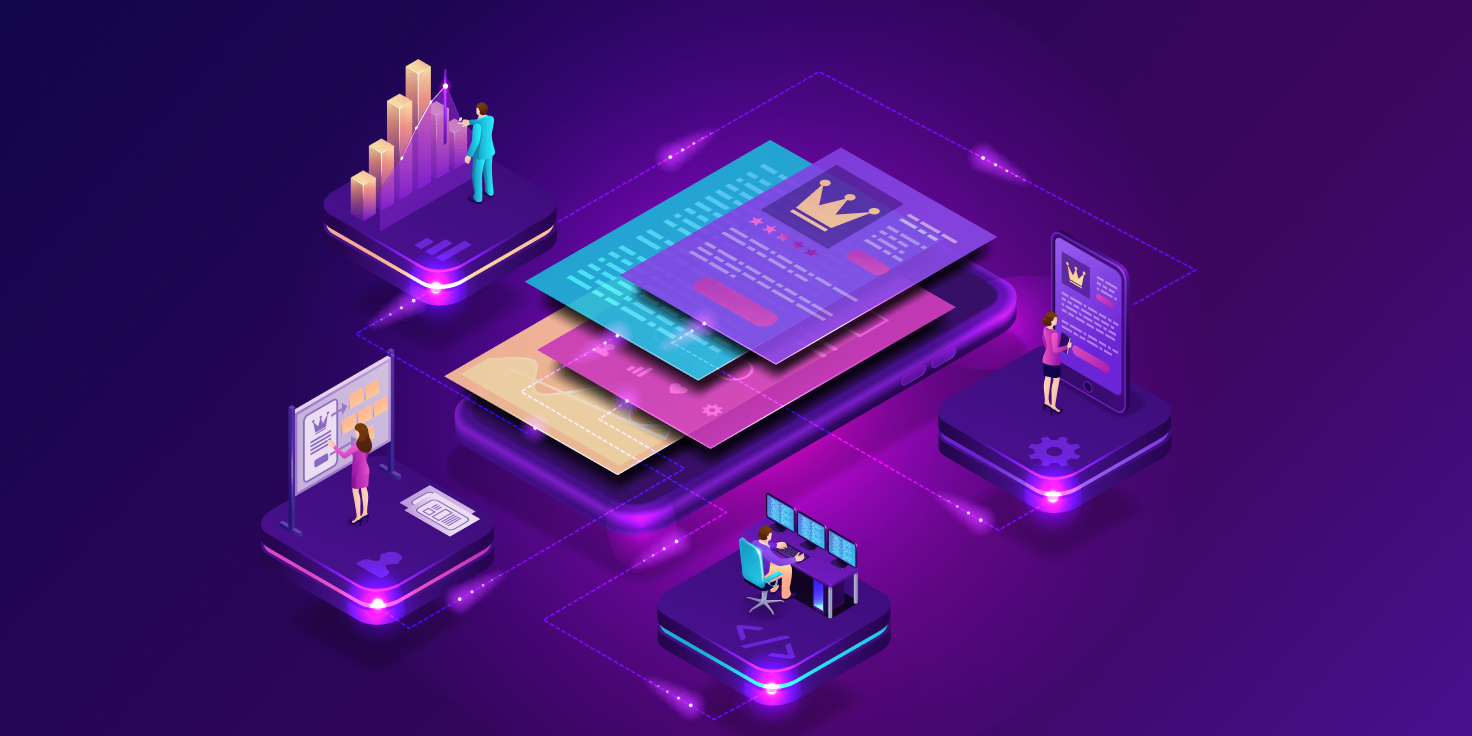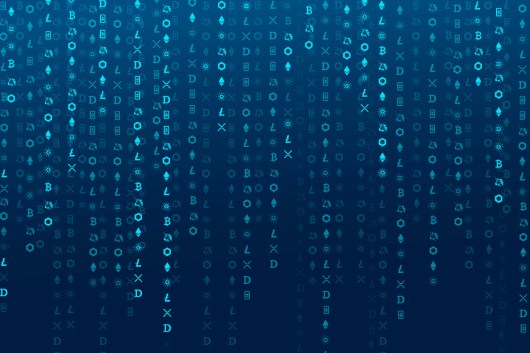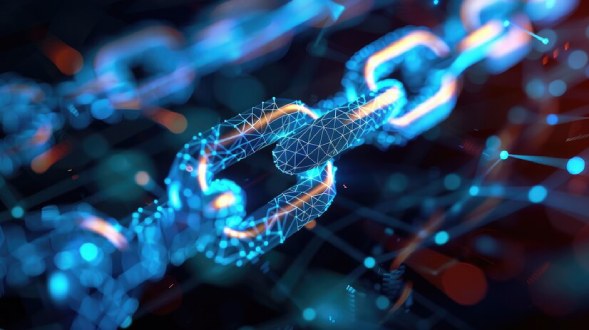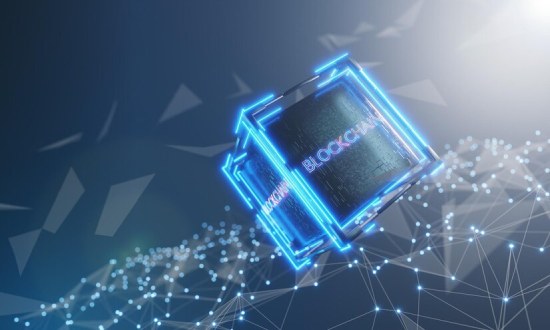Decentralization
These apps run across networks of nodes, not centralized servers. This eliminates single points of failure and increases reliability, especially for mission-critical use cases.

Decentralized application (dApp) development involves building software that runs on blockchain networks rather than centralized servers. Developers use smart contracts, distributed consensus, and decentralized storage to create applications that operate without intermediaries. These applications cover diverse industries, from finance and gaming to healthcare and supply chain.
In the Web3 era, they represent more than just technical innovation; they redefine ownership, trust, and governance. By design, they remove reliance on centralized authorities, offering users transparency and autonomy. Businesses adopt them to lower costs, improve security, and expand access to new markets. For individuals, they enable direct participation in ecosystems previously dominated by corporations.
Traditional applications depend on servers managed by a single organization. This creates efficiency but also introduces risks of downtime, censorship, and unilateral control. Decentralized applications distribute logic and data across networks, ensuring resilience and autonomy. While centralized apps emphasize convenience, decentralized applications prioritize transparency, user ownership, and resistance to manipulation.
This guide serves businesses considering blockchain adoption, CTOs driving digital transformation, developers seeking to expand into Web3, and investors evaluating the growth potential of decentralized ecosystems.
These apps run across networks of nodes, not centralized servers. This eliminates single points of failure and increases reliability, especially for mission-critical use cases.
All transactions and smart contract logic are visible on public ledgers. This openness ensures accountability, auditability, and trust among users.
Consensus mechanisms and cryptography protect decentralized applications from tampering or fraud. Once deployed, smart contracts execute exactly as written, ensuring predictable outcomes.
Anyone with a wallet and internet connection can use or build on a decentralized application. This universal accessibility fosters innovation without the need for central approval.
Adherence to standards such as ERC-20 and ERC-721 enables seamless integration across platforms. Composability lets developers combine multiple protocols like building blocks.
Participants retain control of assets, data, and governance rights. Private keys secure ownership, making users active stakeholders rather than passive customers.
Blockchains form the foundation of decentralized applications. Consensus models such as Proof of Work, Proof of Stake, Proof of Authority, and Byzantine Fault Tolerance validate transactions. Finality ensures data cannot be altered once confirmed. Throughput and latency determine performance, influencing whether a blockchain can handle large-scale applications.
Smart contracts are self-executing code that enforce rules automatically. Developers write them in languages like Solidity, Vyper, Rust, and Move. Token standards—including ERC-20 for fungible tokens, ERC-721 for NFTs, and ERC-1155 for multi-asset contracts—define interoperability. Best practices emphasize modular design, gas efficiency, and rigorous testing.
Not all data belongs on-chain. Storing every file directly on blockchains is costly and inefficient. Critical logic and asset ownership stay on-chain, while decentralized storage systems such as IPFS, Arweave, and Filecoin manage larger files. Hybrid models balance decentralization with speed and scalability.
Many dApps require external data to function. Oracles like Chainlink, Band Protocol, and API3 provide reliable feeds for prices, weather, or other off-chain events. Middleware enhances scalability and cross-chain functionality, enabling decentralized applications to operate beyond one ecosystem.
Wallets such as MetaMask, Phantom, Keplr, and Ledger act as user gateways to decentralized applications. Advanced models with account abstraction simplify onboarding by reducing dependency on private keys. Decentralized identifiers (DIDs) and verifiable credentials strengthen identity management and security.
Ethereum remains the dominant platform with the largest developer base and liquidity. Layer-2 solutions like Polygon, Arbitrum, and Optimism address scalability by lowering fees and increasing throughput while preserving Ethereum compatibility. Binance Smart Chain provides cost-effective deployments for high-volume consumer applications.
Solana offers high throughput and low latency, making it ideal for gaming and DeFi. Cardano focuses on peer-reviewed research and formal verification for security. Tezos introduces on-chain governance and upgradeable contracts. Algorand emphasizes enterprise adoption with Pure Proof of Stake. Polkadot enables interoperable parachains, while Cosmos SDK supports modular, application-specific chains.
zkRollups such as zkSync and StarkNet improve Ethereum scalability through zero-knowledge proofs. Avalanche Subnets and Cosmos Zones enable application-specific blockchains. Interoperability bridges expand connectivity, letting decentralized applications reach users across ecosystems.
The cost of building a decentralized applications varies with scope, platform, and security needs. A complex DeFi protocol with multiple contracts demands higher resources than a simple NFT marketplace.
Ongoing expenses involve audits, node providers, analytics, and feature upgrades to ensure long-term reliability.
DeFi protocols, stablecoins, and decentralized exchanges like Uniswap and Aave enable lending, borrowing, and trading without intermediaries.
NFT marketplaces, blockchain-based games, and metaverse platforms transform digital ownership and experiences.
Supply chain tracking, IoT monitoring, and healthcare data management enhance transparency and efficiency.
Decentralized social media and content-sharing platforms empower creators by eliminating centralized control.
DAOs and voting systems enable community-driven decision-making and decentralized governance.
Decentralized oracles, storage solutions, and DePIN networks provide the backbone for Web3 applications.
Uniswap pioneered automated market makers. Aave introduced decentralized lending, while MakerDAO built the DAI stablecoin system.
OpenSea and Rarible created global marketplaces for digital assets.
Axie Infinity popularized play-to-earn models, while Decentraland built a functioning metaverse economy.
IBM Food Trust improved supply chain traceability, and VeChain authenticated luxury goods.
The DAO hack highlighted the need for security-first design and rigorous audits.
The next phase of decentralized application growth will be shaped by several key trends:
Seamless interoperability will become standard. Users will be able to move assets and interact with protocols across chains without friction, reducing ecosystem silos.
Artificial intelligence will enhance automation, risk management, and personalization. dApps will use AI-driven insights for better credit scoring, trading strategies, and user onboarding.
Real estate, commodities, and intellectual property will be digitized. This bridges traditional finance with decentralized economies, creating new liquidity markets.
Privacy-first decentralized applications will leverage ZKPs to secure sensitive transactions while keeping them verifiable. This will be crucial for financial institutions and enterprises.
Clear legal frameworks will reduce uncertainty, encourage compliance, and accelerate adoption among traditional businesses and institutional investors.
Tooling will evolve to simplify contract deployment, audits, and cross-chain operations, making dApp development more accessible to startups and enterprises alike.
Developers and businesses can improve success rates by following established best practices:
Begin with a real-world problem. User-focused design drives adoption more effectively than trend-driven projects.
Rely on proven frameworks like ERC-20 or SPL to reduce risks and avoid code duplication.
Design smart contracts with cost in mind. Gas-optimized logic ensures affordability and better scalability.
Conduct audits, penetration tests, and bug bounty programs. Address vulnerabilities early to prevent costly exploits.
Integrate user-friendly wallets, social logins, and account abstraction to make decentralized applications accessible for non-technical users.
Document code, workflows, and compliance processes. Good documentation fosters collaboration, transparency, and long-term trust.
Common questions and answers, their implementation, and practical considerations for businesses and developers.

By using this site, you allow our use of cookies. For more information on the cookies we use and how to delete or block them, please read our cookie notice.
We would love to
hear from you!


Innovate with confidence!


